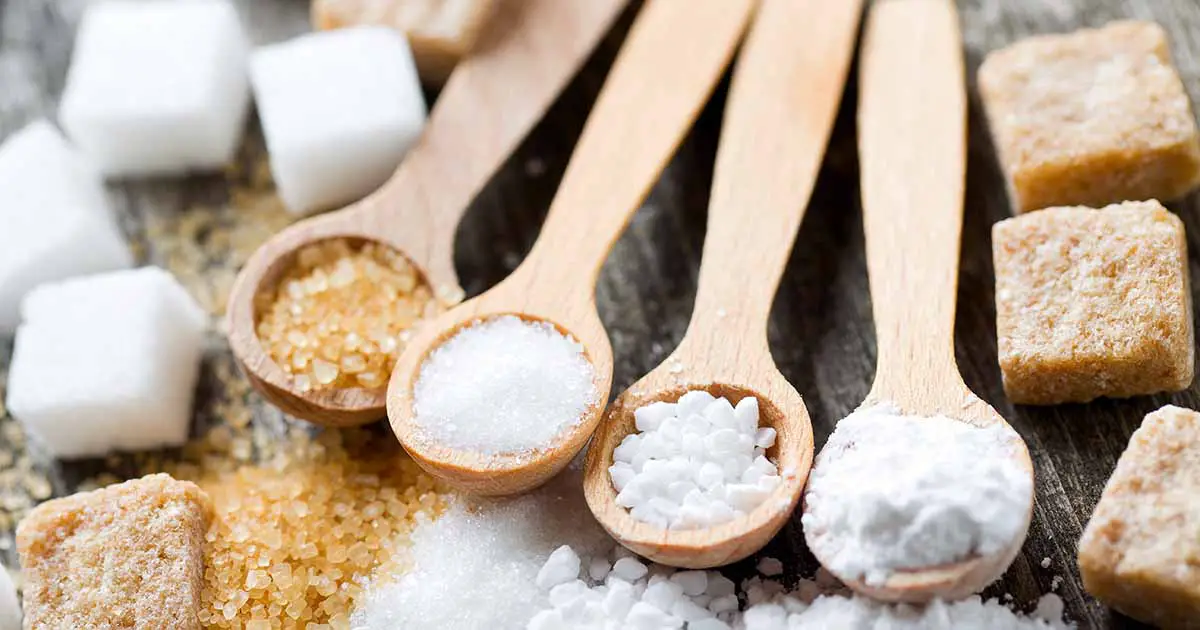Various consistencies
Like different textures found in solid foods (which are mentioned above), different ‘consistencies’ are found in liquid foods.
Some substances flow readily, others resist flow and some require force or weight application to start a flow. The concept of consistency is closely related to viscosity.
Factors affecting the consistency of liquid are –
· concentration (of thickening agent)
· temperature
· degree of dispersion
· mechanical treatment
· time (how long is it after preparing)
Generally speaking, the following consistencies could be found in liquid foods –
A. Pouring – like water and milk. These do not show any resistance and flow easily / readily. Stocks and some thin soups like consommé are examples of ‘cooked’ liquids having pouring consistency.
B. Coating – when a starchy thickening agent is mixed with a liquid, and the mixture is heated, the starch gelatinizes. In case of a protein as a thickening agent, it coagulates when exposed to heat. In both these cases, the liquid starts to thicken. If a spoon is dipped in this mixture, it starts coating the spoon. A thin film of the mixture could be seen in the beginning. Later on it goes on becoming visibly thicker. Depending upon one / more factors listed before, the thickening will take place up to a certain point. While making the basic custard, this will be understood better. Here, the liquid is milk and thickening is egg yolk. Similar coating consistency could be observed in kadhi where a liquid is buttermilk and thickening is gram flour (besan)
The liquid is proportionately more than the flour or thickening agent.
C. Dropping – when a liquid is added to dry flour, it forms lumps as only some flour (granules) gets combined with a liquid. Later, when added more liquid, it converts into a dough and with some more liquid, it turns into ‘batter’. Here, the amount of solid (flour) is more than the liquid. For example, a cake mixture of fat, sugar, egg, and flour is moistened with water or milk. Only that much liquid is required which will make the mixture fall out in a big moist smooth lump. The liquid should be dispersed well to get a smooth mixture. When you make the cake batter in the bakery class, you will understand it better. Also, next time when you are waiting for your (batata)vada-pav, don’t forget to observe the vender making and using the batter.





